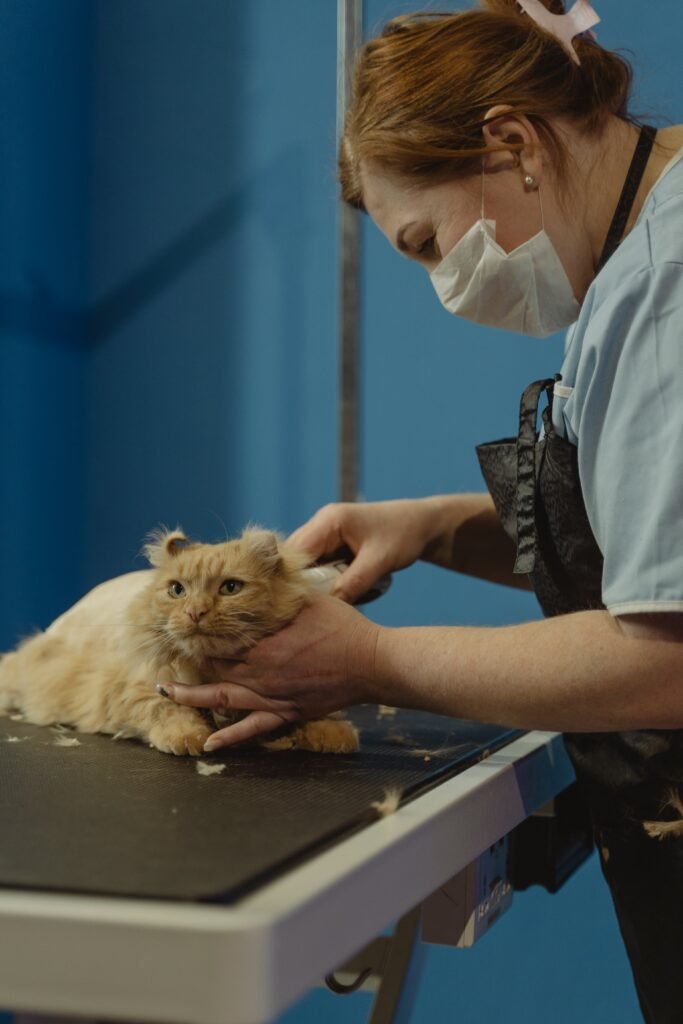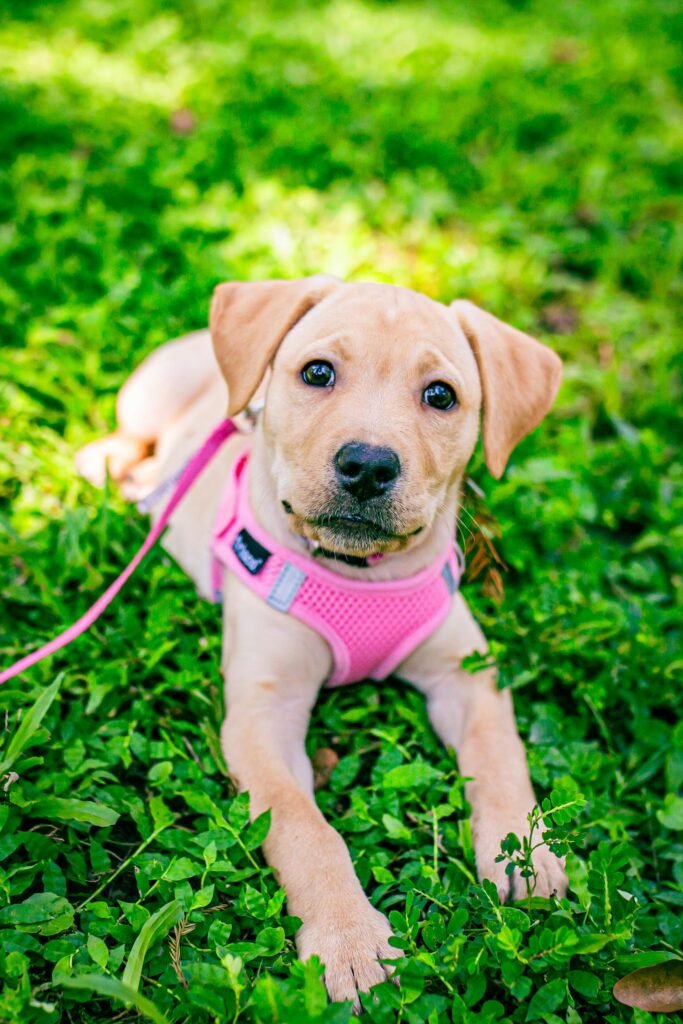Cats are known for being curious, especially when it comes to food. While cats are obligate carnivores, meaning they get most of their nutrition from meat, some fruits and vegetables can be safe for them in moderation. One common question many cat owners have is, “Can cats eat apples?” The short answer is yes, cats can eat apples, but there are some important things to know before giving them this fruit.
In this blog post, we will explore whether apples are safe for cats, how much they can eat, and how to prepare apples for your cat.
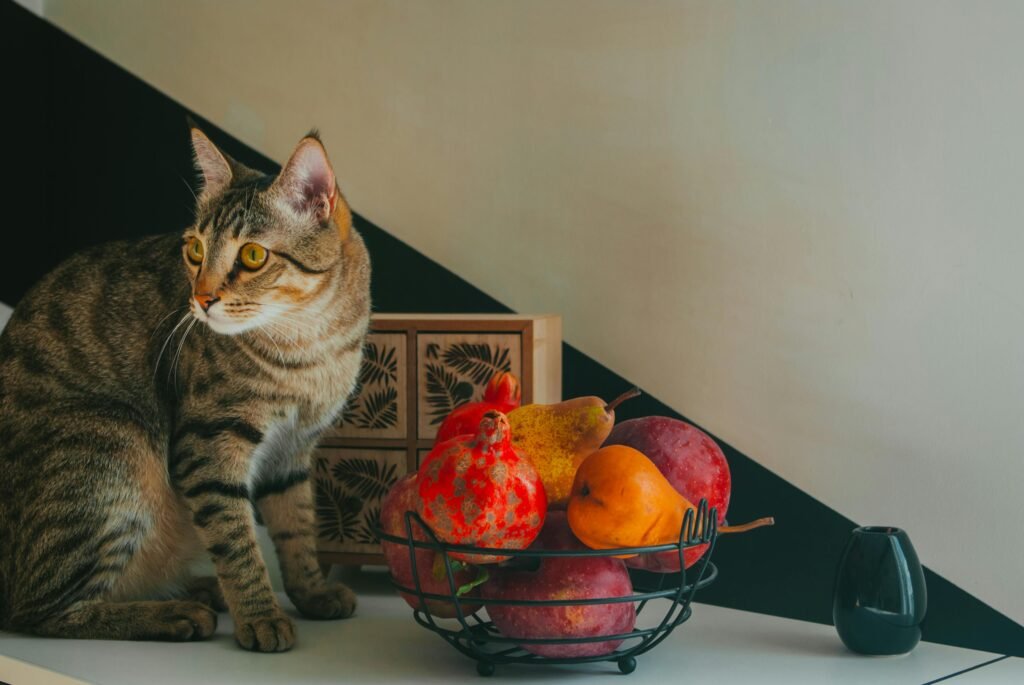
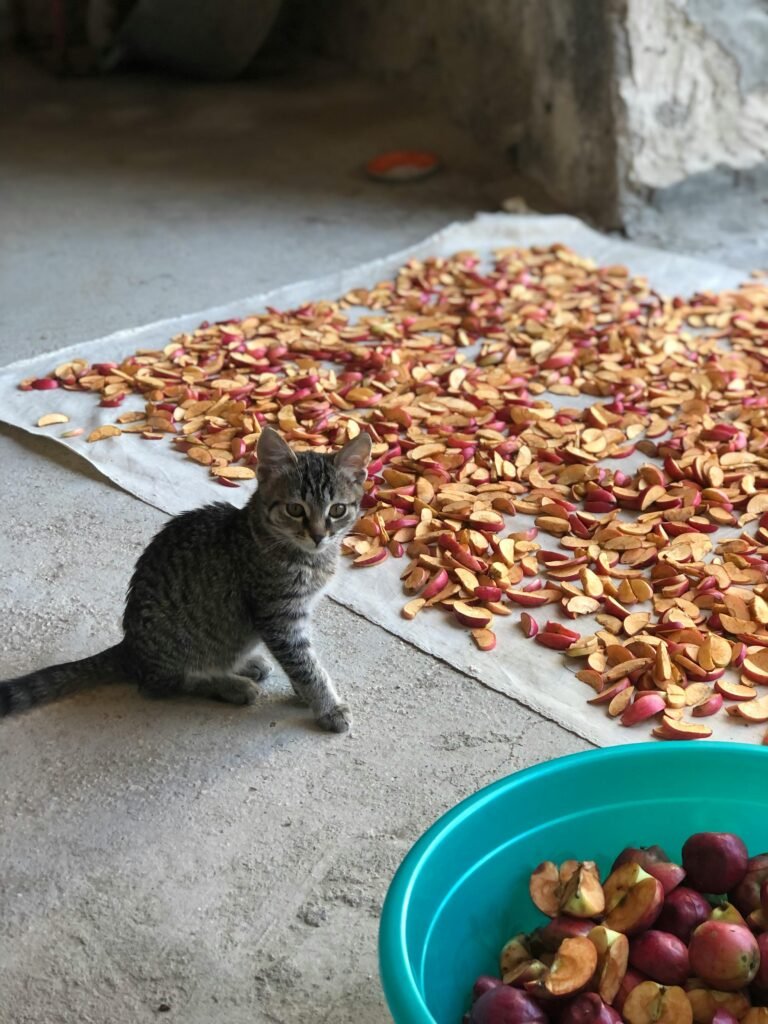
Are Apples Safe for Cats?
Yes, apples are generally safe for cats to eat in small amounts. Apples contain vitamins and fiber, which can be beneficial, but they are not necessary in a cat’s diet. Cats don’t need fruit for their nutrition, but if your cat is curious or enjoys the taste, a small bite of apple can be a healthy treat.
However, there are some precautions you should take when giving apples to your cat. The flesh of the apple is fine, but the seeds, core, and stems contain cyanogenic glycosides, which release cyanide when ingested. This can be harmful to cats. Therefore, it’s important to remove the seeds and core before offering any apple slices to your cat.
Nutritional Value of Apples for Cats
Apples are a good source of vitamins and fiber for humans, but for cats, they offer only a few health benefits. Here’s a quick breakdown of the nutritional value of apples:
- Vitamins: Apples contain small amounts of vitamins A and C. These vitamins are good for the immune system and skin health.
- Fiber: The fiber in apples can help with digestion, though cats generally get enough fiber from their meat-based diet.
- Water Content: Apples are about 86% water, which can help keep your cat hydrated.
While apples contain these nutrients, cats don’t need them in large amounts because their primary nutrition should come from meat.
How to Safely Feed Apples to Your Cat
If you want to share a bite of apple with your cat, follow these steps to ensure it’s safe for them to eat:
- Wash the Apple: Make sure the apple is thoroughly washed to remove any pesticides or chemicals from the skin.
- Remove the Seeds and Core: As mentioned earlier, the seeds and core contain cyanide, which is toxic to cats. Always remove them before offering the fruit to your cat.
- Cut the Apple into Small Pieces: Cut the apple into small, bite-sized pieces. This makes it easier for your cat to eat and reduces the risk of choking.
- Serve in Moderation: A small piece or two of apple is more than enough. Cats don’t need much fruit in their diet, and too much can lead to digestive problems like diarrhea.
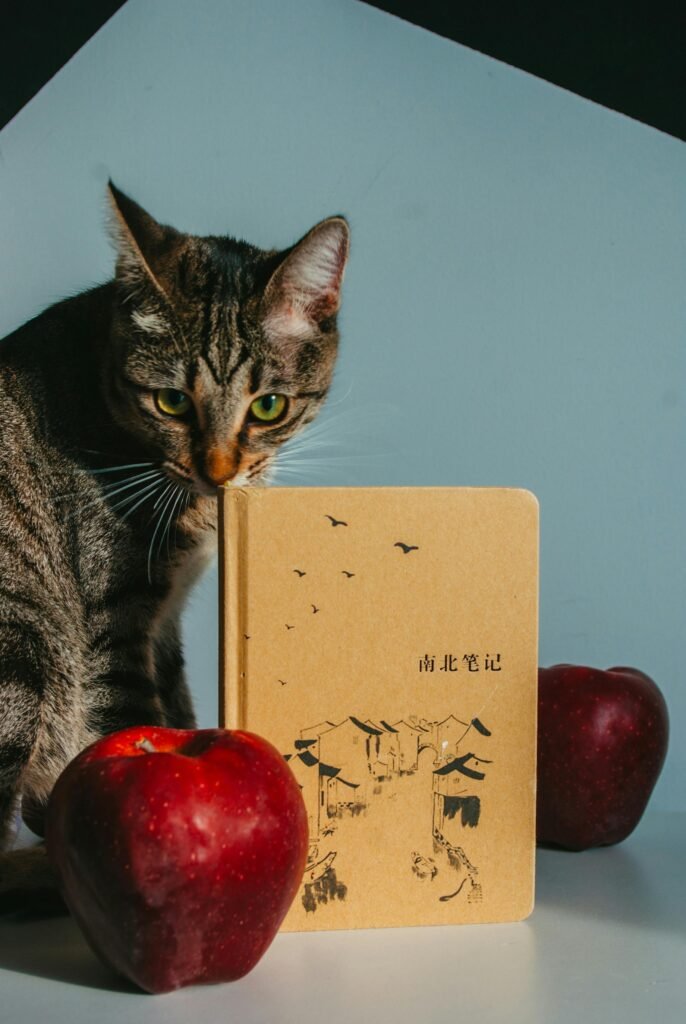
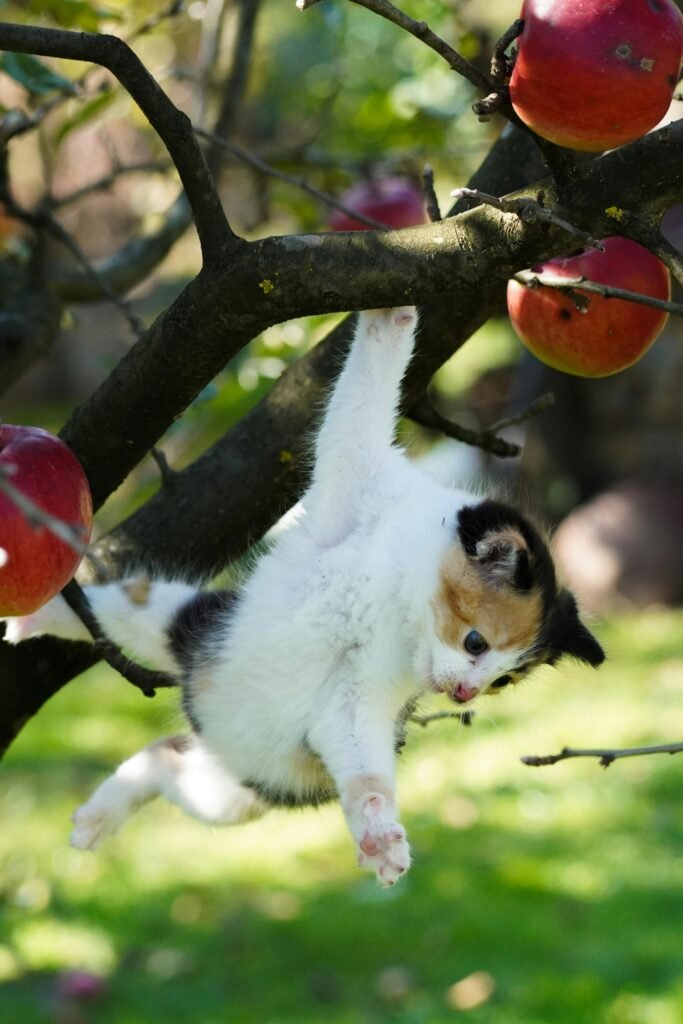
Can Kittens Eat Apples?
Kittens have more sensitive digestive systems than adult cats, so it’s best to avoid giving apples to kittens. Their bodies are still developing, and they need a diet that is high in protein to support growth. Stick to kitten food until they are older, and consult your vet if you want to introduce new foods.
Benefits of Apples for Cats
Although cats don’t need apples as part of their daily diet, there are a few minor benefits to giving them an occasional small piece:
- Hydration: Apples have a high water content, which can help keep your cat hydrated, especially if they don’t drink much water.
- Fiber: A small amount of apple can provide extra fiber, which might help with digestion.
- Low in Calories: Apples are low in calories, so a small bite won’t add many extra calories to your cat’s diet.
Risks of Feeding Apples to Cats
While apples are generally safe for cats, there are some risks to be aware of:
- Digestive Upset: Cats are not used to eating fruit, so too much apple can cause stomach upset, including vomiting or diarrhea.
- Choking Hazard: Apple seeds, core, or large chunks of apple can be a choking hazard, especially if your cat doesn’t chew well.
- Sugar Content: Apples contain natural sugars, and while it’s not harmful in small amounts, too much sugar can lead to obesity or other health problems in cats.
How Often Can Cats Eat Apples?
Since apples are not a necessary part of a cat’s diet, they should only be given as an occasional treat. A small piece once in a while is fine, but it’s important not to overdo it. The majority of your cat’s diet should come from high-quality cat food that meets their nutritional needs.
What to Do if Your Cat Eats Too Much Apple
If your cat accidentally eats too much apple or consumes part of the core or seeds, watch for signs of distress such as:
- Vomiting
- Diarrhea
- Lethargy
- Difficulty breathing
If you notice any of these symptoms, contact your vet immediately. The cyanide in apple seeds can be toxic if enough is consumed, so it’s important to get help right away.
Alternatives to Apples for Cats
If your cat enjoys the taste of apples, there are other healthy treats you can offer. Some cat-friendly fruits and vegetables include:
- Pumpkin: Plain, cooked pumpkin is great for digestion and is a popular treat for cats.
- Carrots: Cooked carrots are a safe and healthy treat that some cats enjoy.
- Blueberries: In small amounts, blueberries can be a safe fruit for cats.
Always introduce new foods slowly and in small amounts, and consult your vet if you have any concerns about your cat’s diet.
Conclusion
So, can cats eat apples? Yes, they can, but only in small amounts and with the seeds, core, and stem removed. While apples provide some vitamins and fiber, they are not necessary for a cat’s health and should only be offered as an occasional treat. Always monitor your cat after introducing new foods to ensure they don’t have any adverse reactions.

